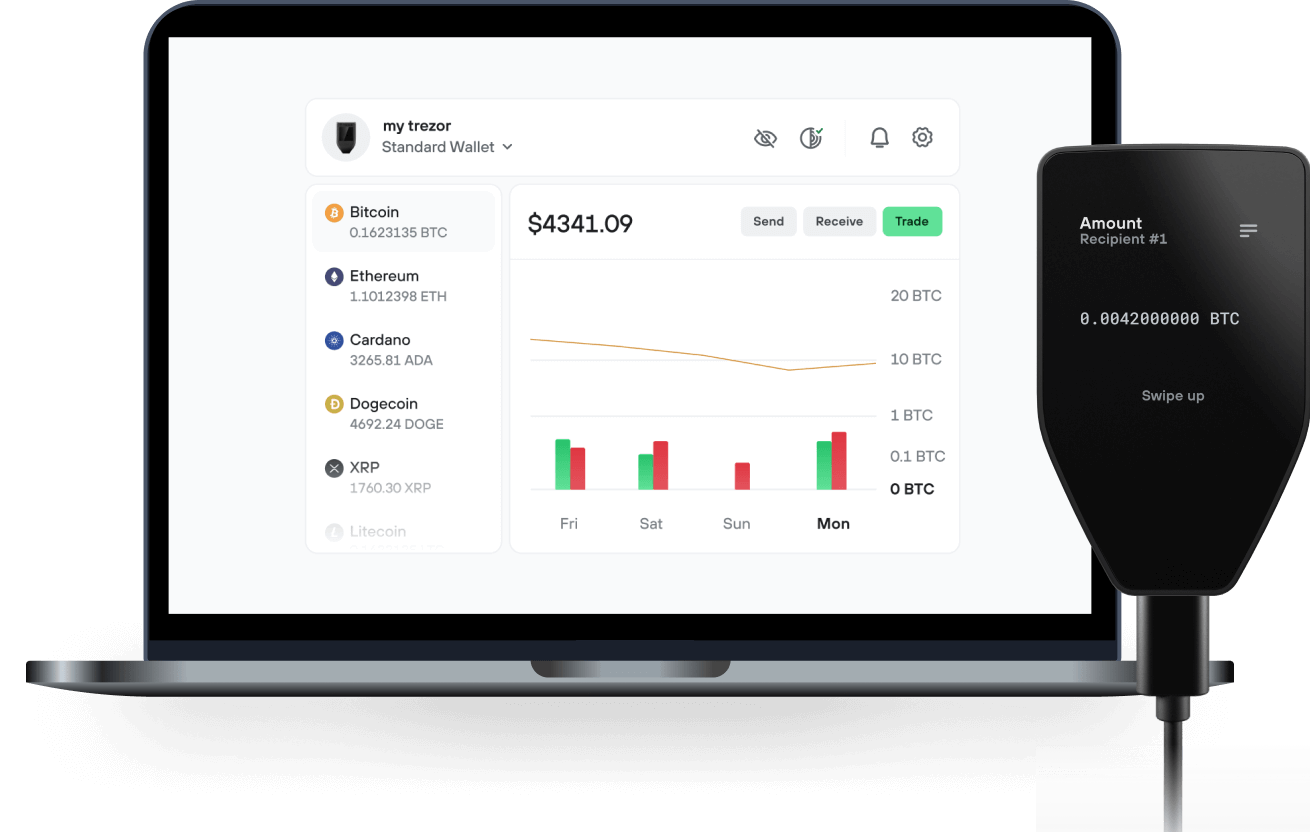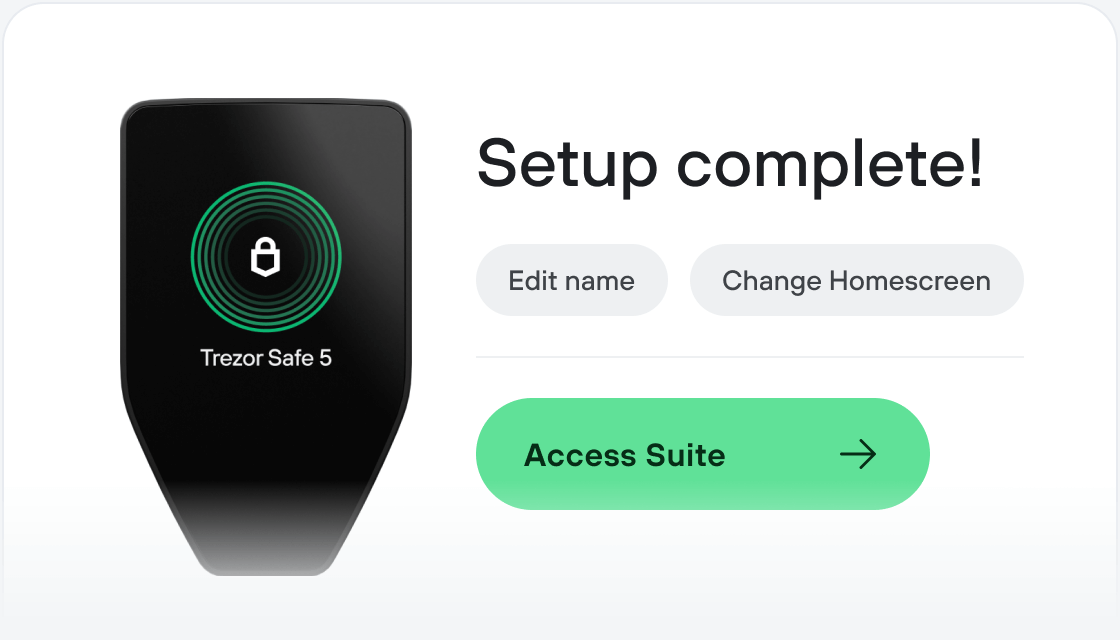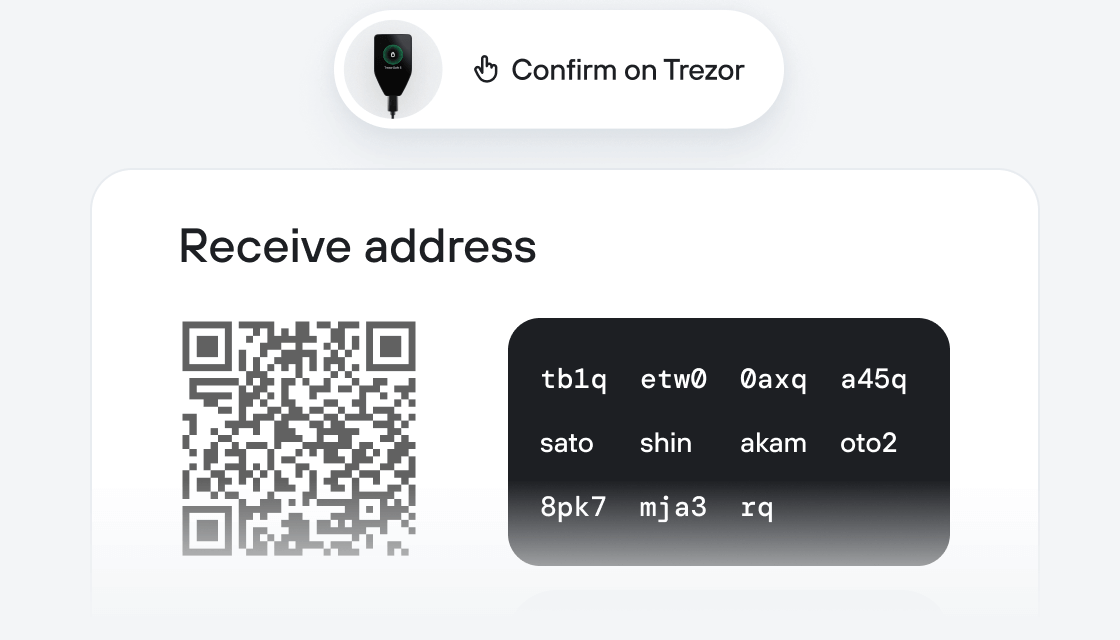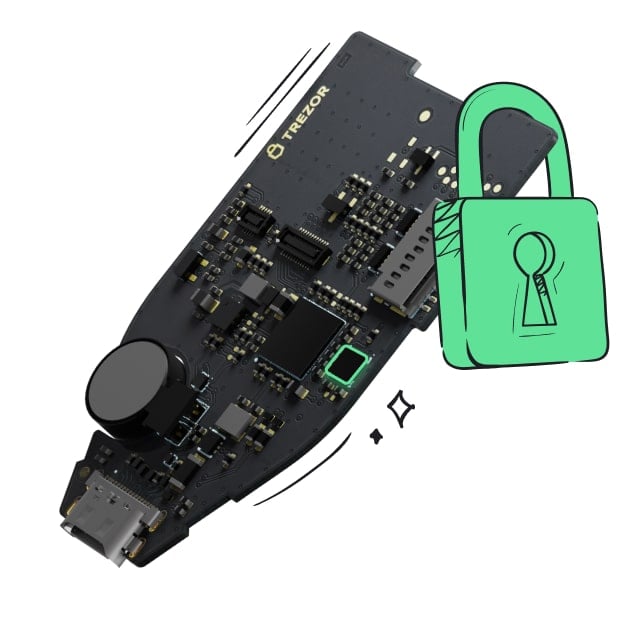Safe & secure Intrepid Token wallet
Take control of your Intrepid Token assets with complete confidence in the Trezor ecosystem.
- Secured by your hardware wallet
- Use with compatible hot wallets
- Trusted by over 2 million customers

Send & receive your Intrepid Token with the Trezor Suite app

Send & receive

Swap
Trezor hardware wallets that support Intrepid Token
Sync your Trezor with wallet apps
Manage your Intrepid Token with your Trezor hardware wallet synced with several wallet apps.
Trezor Suite
MetaMask
Rabby
Supported Intrepid Token Network
- Ethereum
Why a hardware wallet?
Go offline with Trezor
- You own 100% of your coins
- Your wallet is 100% safe offline
- Your data is 100% anonymous
- Your coins aren’t tied to any company
Online exchanges
- If an exchange fails, you lose your coins
- Exchanges are targets for hackers
- Your personal data may be exposed
- You don’t truly own your coins
How to INT on Trezor
Connect your Trezor
Install Trezor Suite app

Transfer your INT

Make the most of your INT
Trezor keeps your INT secure
 Protected by Secure Element
Protected by Secure ElementThe best defense against both online and offline threats
 Your tokens, your control
Your tokens, your controlAbsolute control of every transaction with on-device confirmation
 Security starts with open-source
Security starts with open-sourceTransparent wallet design makes your Trezor better and safer
 Clear & simple wallet backup
Clear & simple wallet backupRecover access to your digital assets with a new backup standard
 Confidence from day one
Confidence from day onePackaging & device security seals protect your Trezor’s integrity
INT is the token of Intrepidgains community DAO. The current utility will allow holders to access a proprietary application. The app operates by employing mathematical correlations, utilizing formulas such as Bayes' theorem, to analyze the relationship between a project's performance and its fundamental attributes. We collect data on a project at a specific point in time, examining how various attributes relate to its performance. The app assigns scores to projects: higher scores indicate a positive correlation with attributes historically associated with higher return on investment (ROI), while lower scores suggest a link with attributes typically leading to poor performance.